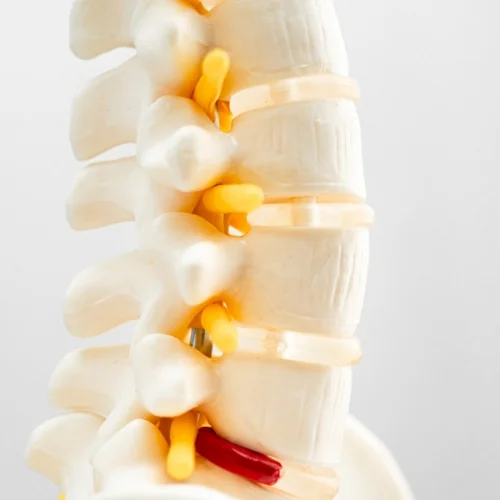Spinal Decompression
Brain surgery
Brain surgery is a medical procedure performed to treat problems in the brain caused by conditions such as tumors, blood clots, aneurysms, epilepsy, brain injuries, or abnormal brain structures. It involves accessing the brain through the skull (craniotomy) or using minimally invasive techniques to diagnose, remove, or repair damaged tissue, relieve pressure, or improve brain function.
Spinal Decompression
Spinal Decompression refers to a therapeutic procedure aimed at relieving pressure on the spinal discs and nerves. It is commonly used to treat conditions such as herniated discs, degenerative disc disease, spinal stenosis, and sciatica, where the spinal discs are compressing or irritating the nerves, causing pain, numbness, or weakness.
Types of Spinal Decompression
1. Non-Surgical Spinal Decompression:
A gentle, non-invasive therapy that stretches the spine to relieve disc pressure.
Mechanical Traction Therapy
Uses a motorized table to gently stretch and decompress the spine (e.g., DRX9000, VAX-D).
Used for herniated discs, sciatica, or degenerative disc issues.
2. Surgical Spinal Decompression :
Performed when non-surgical treatments fail or symptoms are severe.
Discectomy
Removes part of a herniated disc pressing on a nerve.Laminectomy
Removes the lamina (part of the vertebra) to widen the spinal canal and relieve pressure.Foraminotomy
Enlarges the opening where nerves exit the spine to relieve compression.Corpectomy
Removes part of the vertebral body and discs to decompress the spinal cord.
Spinal Decompression

Book an Appointment with Our Experts Today
Book your consultation with our expert neurosurgeon today—where precision meets compassionate care for your brain and spine health.
